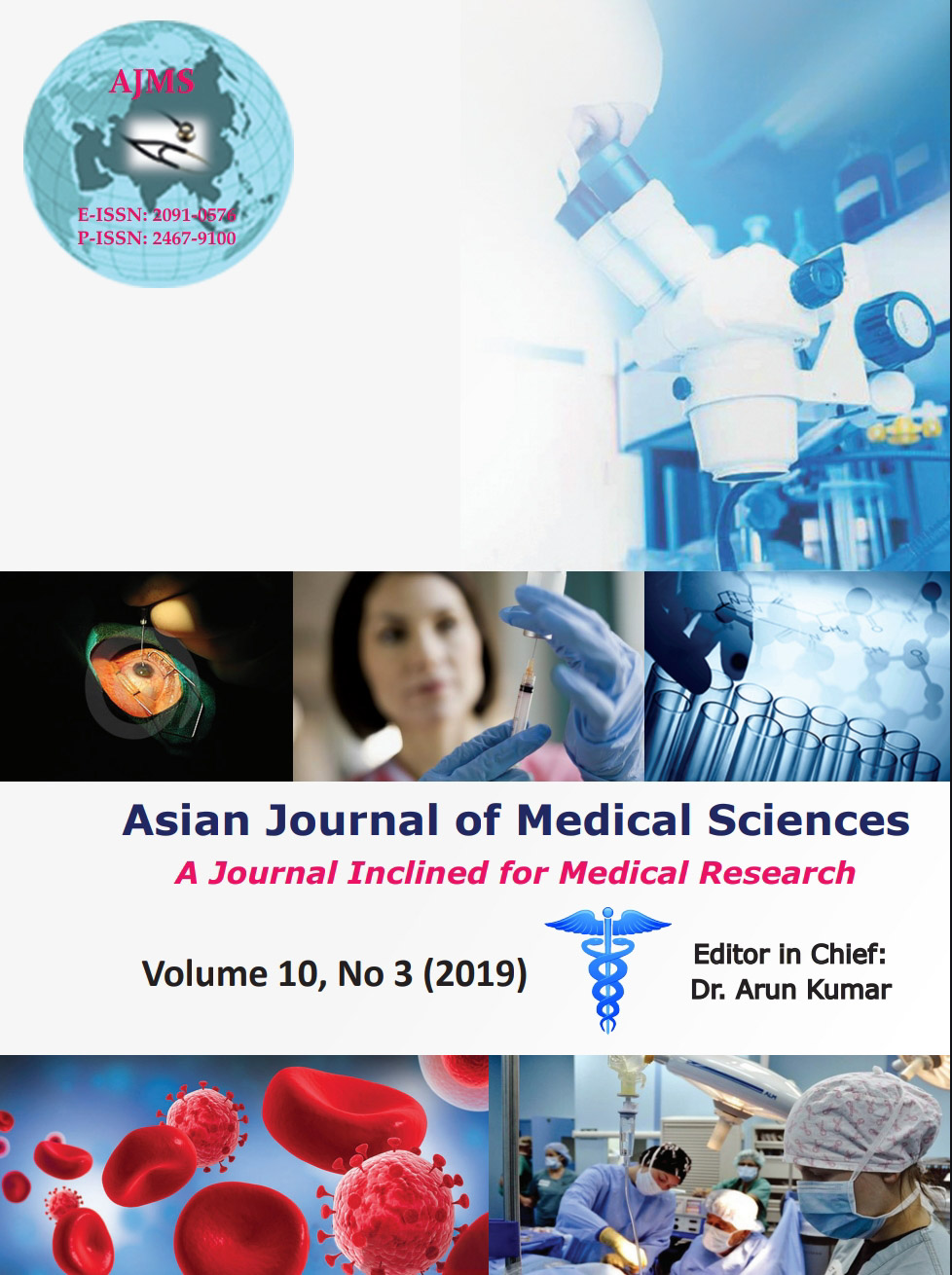Lipoprotein-associated phospholipase A2 in relation to lipid markers: A pan-India correlation study
Keywords:
Lipoprotein Phospholipase A2, Cardiac Risk, Cholesterol, India, LDL, TriglyceridesAbstract
Background: Conventional serum markers are routinely recommended to assess heart health. However, many new biochemical markers like lipoprotein-associated phospholipase A2 (Lp-PLA2) has been studied as an efficient cardiac risk marker. Our report is an attempt to present correlation between traditional lipid markers and Lp-PLA2 in a pan-India cohort.
Materials and Methods: The study cohort included a total of 10347 pan-Indians including 5945 males and 4402 females respectively. The serum lipid parameters estimated include triglycerides, LDL- and HDL-cholesterol as well as total cholesterol by the technology of photometry.
Results: The frequency of high Lp-PLA2 detected in our study was 6.4% and the frequency between males at 9.3% and females at 2.5% was detected to be significant at p<0.0001. Linear regression analysis detected significant positive association of high Lp-PLA2 with LDL-cholesterol and total cholesterol at p<0.05, while the trend with HDL-cholesterol was also significant. However, Lp-PLA2 as an independent marker was not detected to be significant in relation to the lipid indices studied.
Conclusion: Though Lp-PLA2 has been associated with risk factor for acute coronary crisis, its clinical value remains controversial. Our report though detected significant association of Lp-PLA2 with various lipid parameters, independent value remains questionable.
Downloads
Downloads
Published
How to Cite
Issue
Section
License
Authors who publish with this journal agree to the following terms:
- The journal holds copyright and publishes the work under a Creative Commons CC-BY-NC license that permits use, distribution and reprduction in any medium, provided the original work is properly cited and is not used for commercial purposes. The journal should be recognised as the original publisher of this work.
- Authors are able to enter into separate, additional contractual arrangements for the non-exclusive distribution of the journal's published version of the work (e.g., post it to an institutional repository or publish it in a book), with an acknowledgement of its initial publication in this journal.
- Authors are permitted and encouraged to post their work online (e.g., in institutional repositories or on their website) prior to and during the submission process, as it can lead to productive exchanges, as well as earlier and greater citation of published work (See The Effect of Open Access).




